Originally it was to be called the Stanchion, but was renamed in honour of Capt.Boys after he died just days prior it being adopted into service in 1937. The gun was a .55 calibre bolt-action rifle with a 5-shot magazine. It weighed 35lbs unloaded (16Kg) and was 5'2" (1.575m.) long; the barrel alone was 36" (910mm) of the total length. Sights could be adjusted from 300-400 yards by means of a selection switch on the rear aperture sight, with a fixed iron front sight. Effective penetration against a vertical target ranged from 23.2mm over 100 yards (91m) down to 18.8mm over 500 yards (460 m).
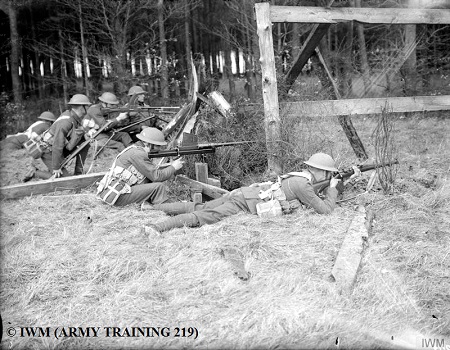
Unfortunately for the BEF in 1940, the German tank designers had not kept the armour within the effective specifications of the Boys and as such, it proved effective only at 100m distance or closer. Even then, it required either a 'lucky' shot or for the gunner to aim at specific locations on the target in order to stand any chance of disabling the enemy tank. The original concept was that the armour-piercing round would have sufficient velocity in order penetrate the armour, while unable to have enough momentum to exit the tank's hull, thus ricocheting around the enclosed space.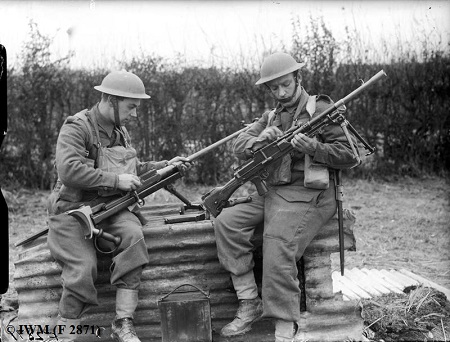
Our example was recovered from the dunes around De Panne in Belgium and while the sand proved extremely good at preserving the steel, the salt corroded the aluminium components beyond economical stabilization and as such, was supplied to us with the corroded parts replaced with rudimentary mocked up sections.
To view more relics from Dunkirk, click here.
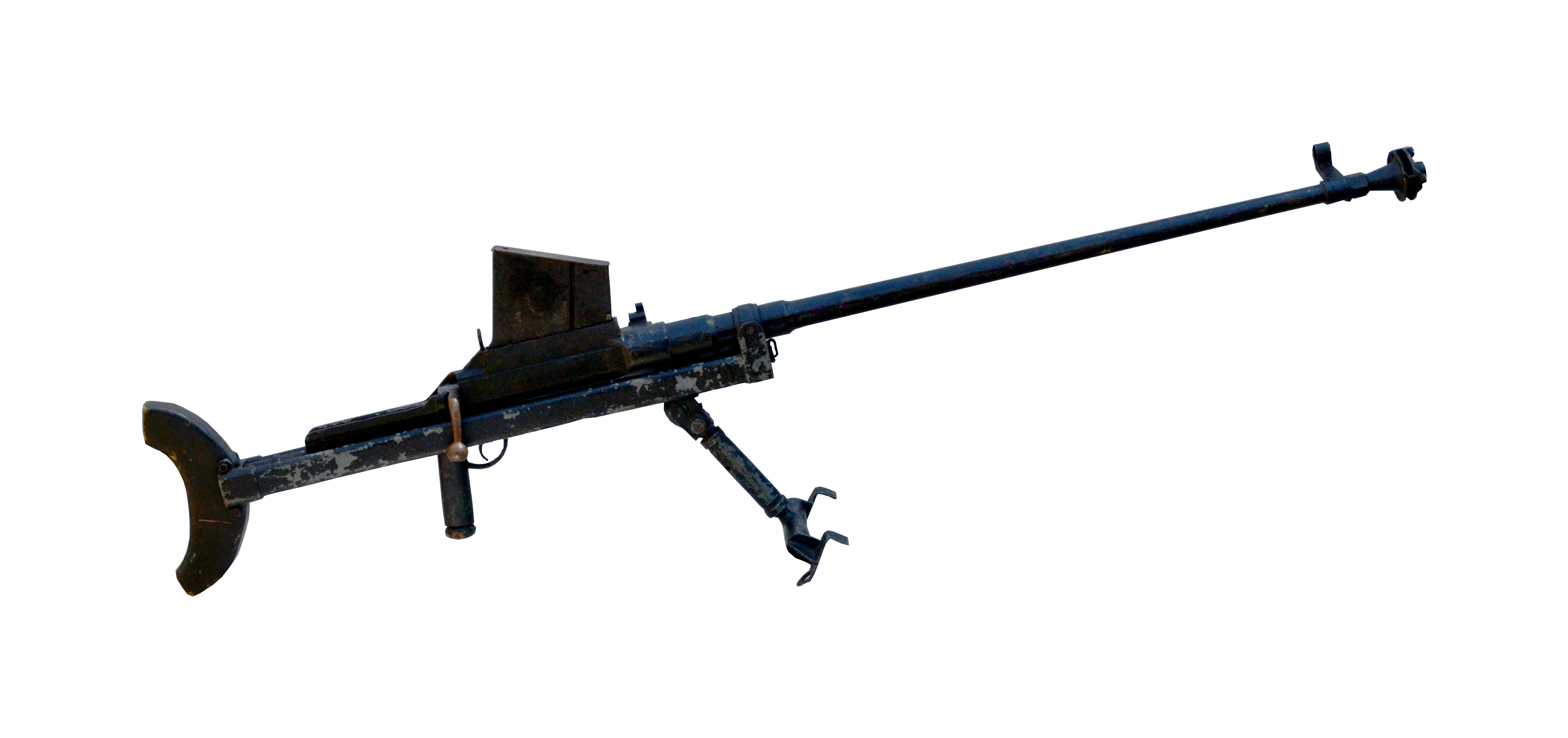
The right hand side of the Boys.
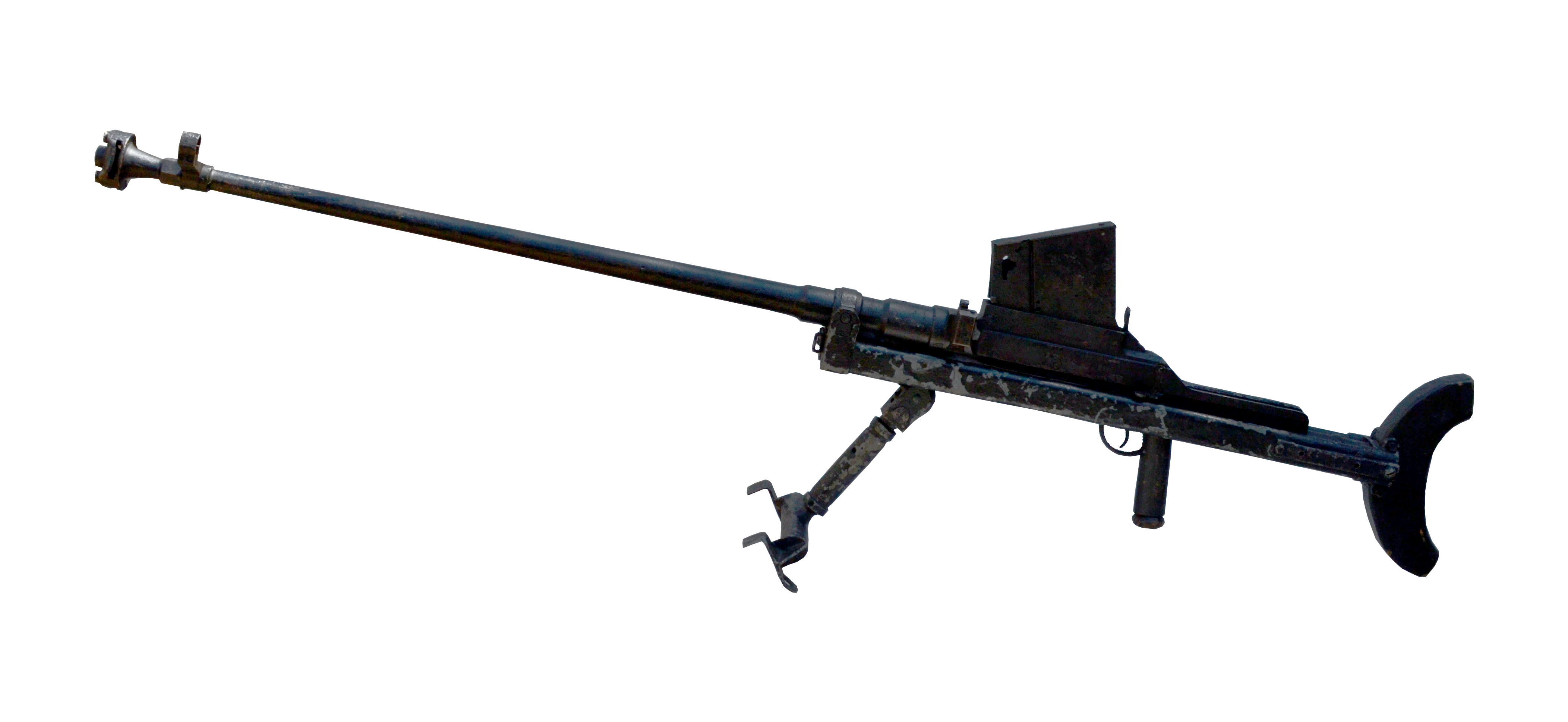
The left hand side of the Boys.
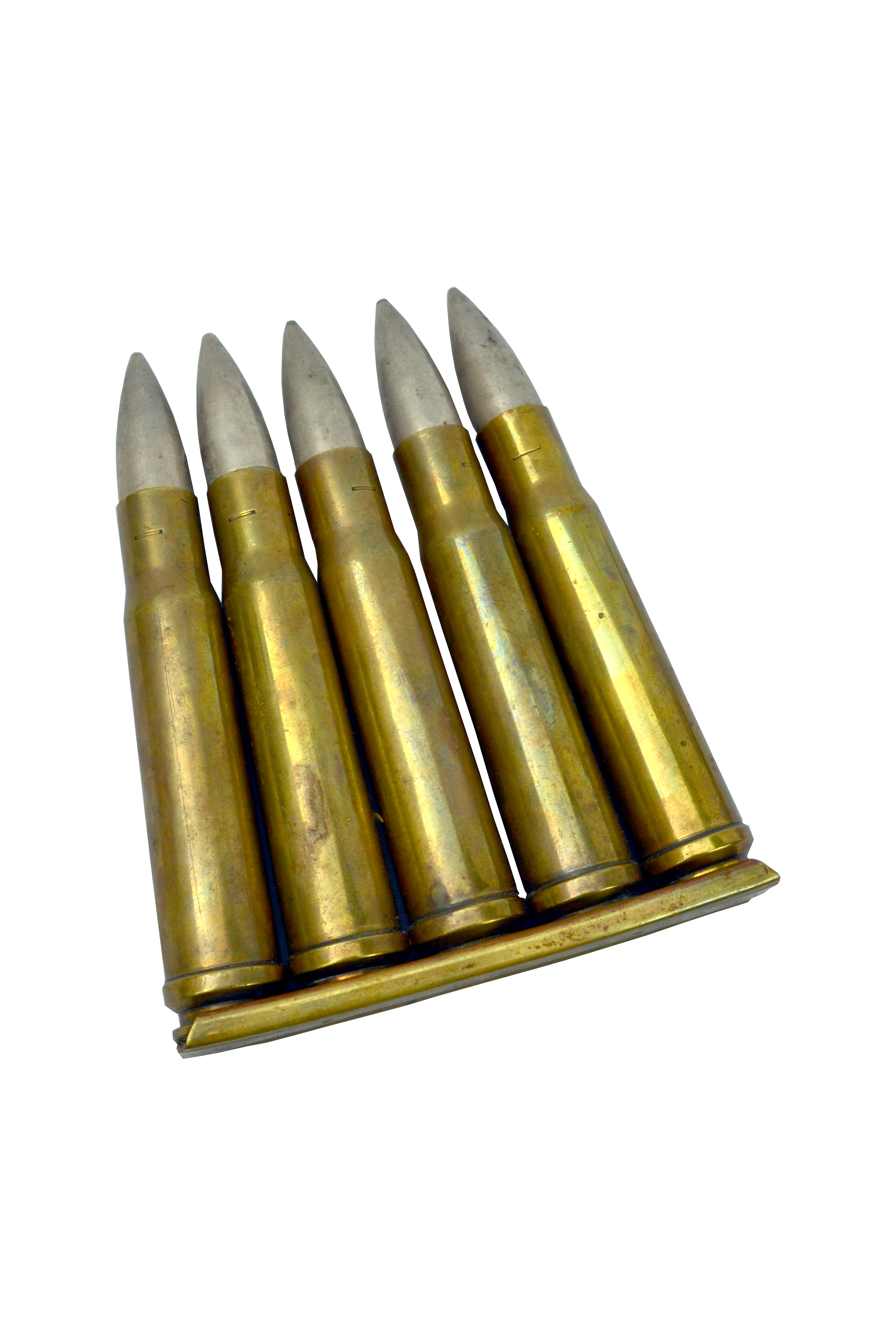
Clip of 5-rounds for the Boys anti-tank gun.

Bandolier for the Boys anti-tank gun.
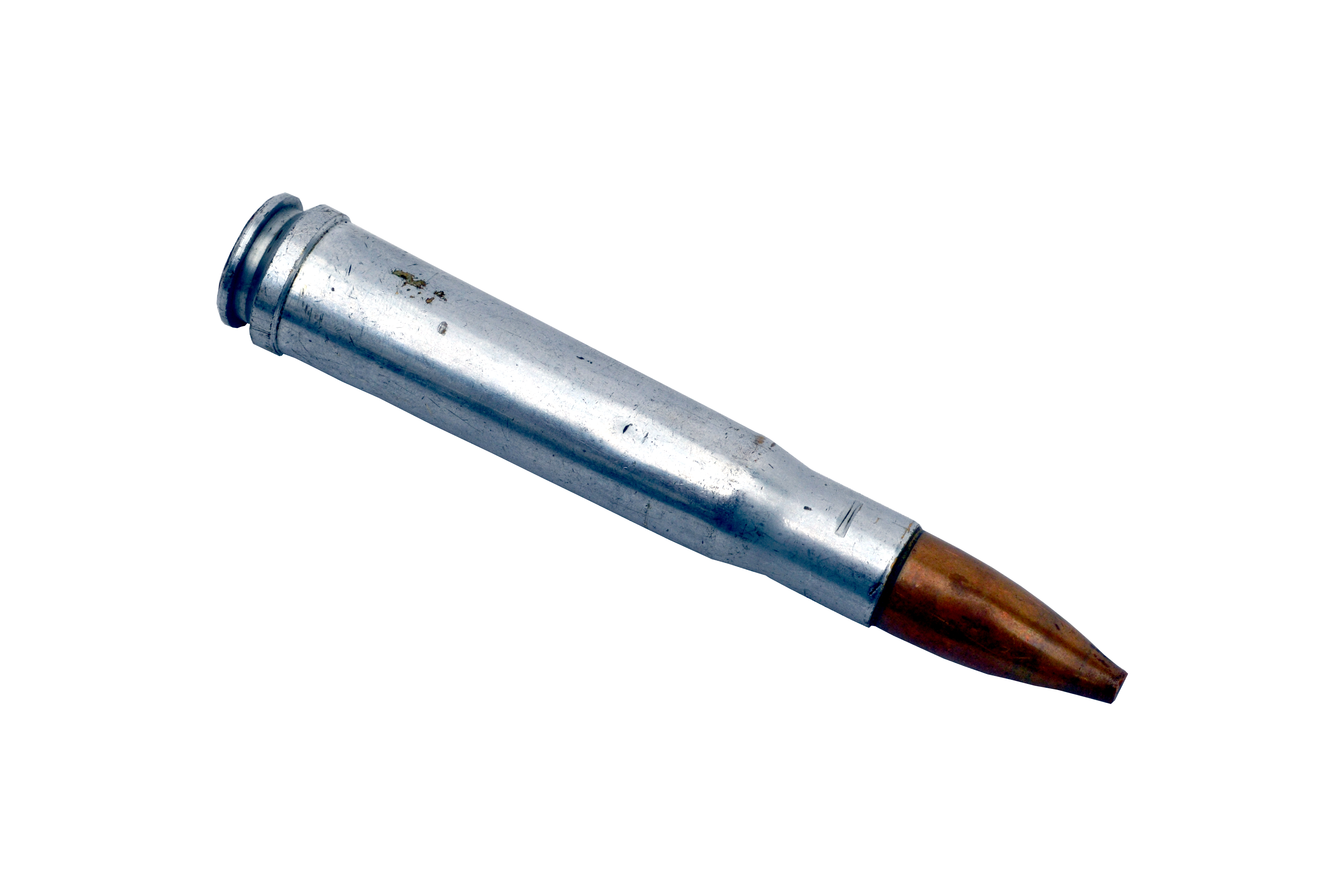
Drill practice-round.
To return to our page on the detritus of the battle, click here.
To return to the British Small Arms page, click here.
